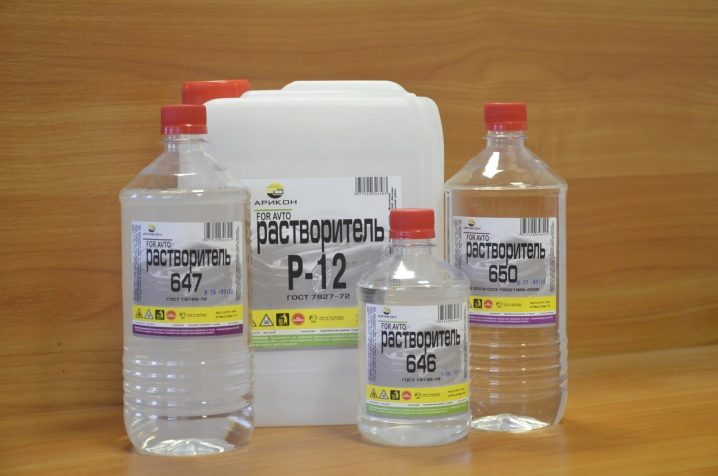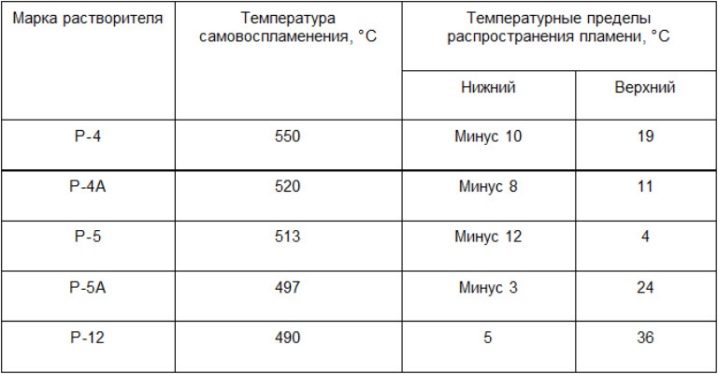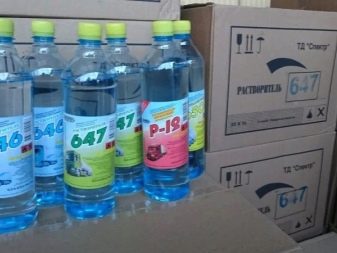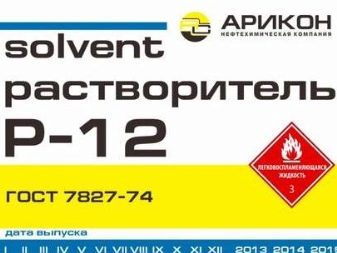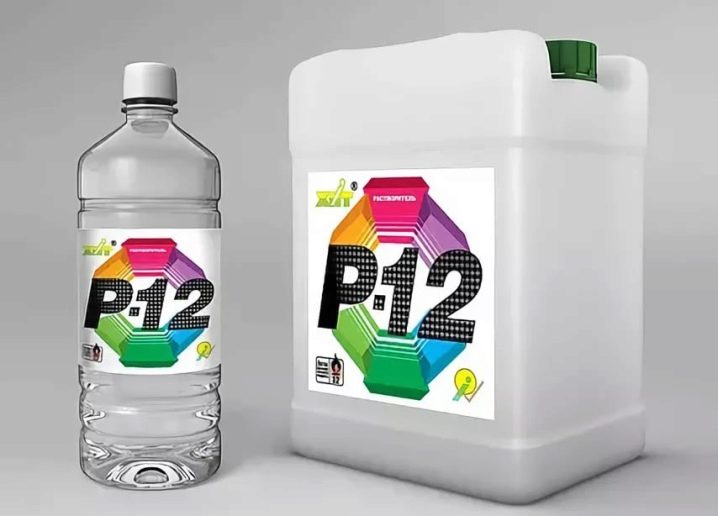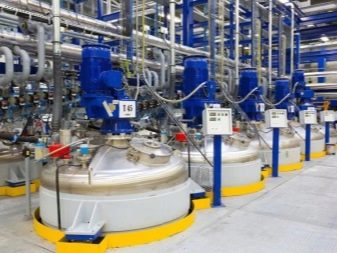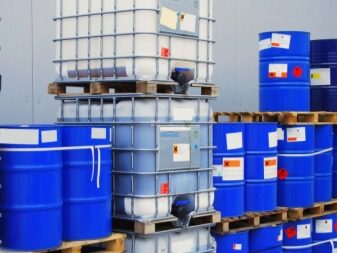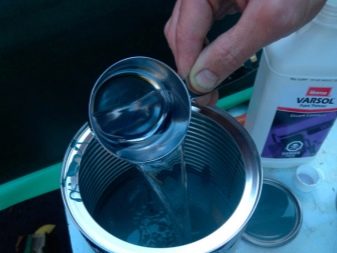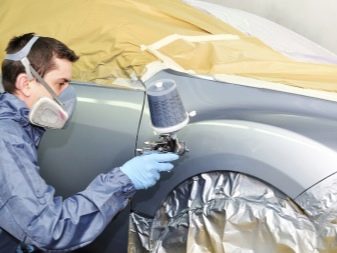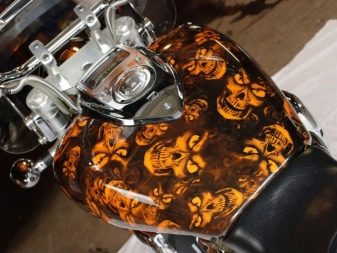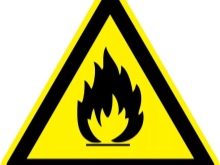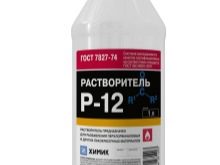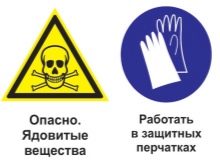Solvent R-12: composition characteristics
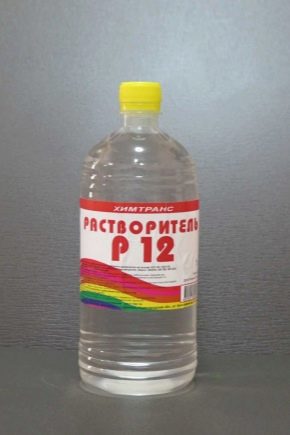
Solvent Р-12 is a liquid consisting of three components. It is mainly used to dilute varnishes, paints, resin-based enamels, rubber and other substances. Extensive use of funds were obtained through modern equipment and high quality raw materials.
Composition
The composition of this transparent, slightly yellowish liquid includes the following components:
- xylene - aromatic hydrocarbon series (10%);
- Toluene - methylbenzene, clear liquid without impurities, industrial solvent (60%);
- Butyl acetate is an organic solvent (30% of the total composition).
Main characteristics
The composition has a sharp odor that can have a negative impact on human health. The product is highly flammable, and its vapors evaporate for a long time.The use of solvent in working with plastic is permissible, but the composition may “corrode” some of its types. Therefore, before use, it is necessary to check the effect on a small inconspicuous surface area.
If the work requires the use of other means, it is important to carefully examine their composition. Contact R-12 with powerful oxidizing agents (for example, acetic and nitric acids, hydrogen peroxide) can lead to the formation of explosive substances.
Flammable mixtures are obtained by mixing with trichloromethane and tribromomethane.
The technical characteristics by which such compositions are evaluated include several items.
- The volatility factor or evaporation rate of ethyl ether determines how toxic the mixture is. The product in question is a medium volatile solvent, the ratio is 8-14 g.
- Karl Fischer titration is a method of analytical chemistry, the essence of which is to determine the proportion of water in the composition under investigation. In the solvent R-12, it is not more than 1 percent.
- Acid number - the mass of caustic potassium necessary to neutralize 1 gram of organic matter, is measured in milligrams. In R-12, it is not more than 0.10 mg KOH / g.
- The number of coagulation funds - at least 22%.With its help determine the dissolving ability in quantitative measure.
- The relative density of the product - 0.85 g / cm cubed, increases with heating. An increase in temperature contributes to a decrease in the composition of the organic solvent. This factor affects the purity of the mixture.
- The flash point in a closed crucible is not lower than +5 degrees Celsius. It determines at what temperature the ignition of the vapors of the mixture in a closed refractory vessel will occur. In accordance with the norms, the temperature of not more than 28 degrees characterizes the liquid as especially dangerous.
When mixing the solvent with paints and varnishes, there should be no coagulation of the components or their separation. If this happened, then either the formulations are incompatible, or the proportions of the breeding technology were violated. This will also indicate the appearance of whitish or dull spots on the dried surface. After drying, the film should remain shiny and even.
Application area
Production and use of P-12 is carried out according to GOST 7827-74.
This document determines that the solvent is used for dilution:
- paints and varnishes (LM) on the basis of PSC LN or PSC LS;
- polyacrylic resins;
- a variety of synthetic or natural substances, upon application of which a film forms on the surface.
Despite the clearly marked points, this tool also often cleaned the tools used for akvaprint. Some resorted to its use in everyday life, removing the "complex" spots.
In auto repair shops, R-12 is usually used for dilution of base and acrylic autoenamels. The composition does not change the properties of such paints. They lie flat on the surface, do not lose color and other characteristics. Dilution of acrylic enamels is justified by the fact that they are based on acrylic resins, and not aqueous compositions.
Special attention is given to the use of R-12 in the technology of applying akvaprint. One of the stages of this work is activation. To apply the pattern it is necessary to soften the immersion film. Professionals use special formulations, but for those who like this type of solvent is a good and inexpensive replacement. It is evenly sprayed over the entire surface of the spray or in another way.
The solvent of this brand is also used as a substitute for other mixtures, for example, solvent P-5. Paintwork materials must be mixed with the solvent gradually, adding it in small portions, constantly stirring the composition. The ratio of components is determined in accordance with the manufacturer's instructions.
In the automotive case, the solvent also removes the old layers of acrylic paint. It is necessary to apply a thin layer (no more than 2 mm) and wait about 10 minutes. Gradually, the coating softens and is easily removed with a spatula.
Safety regulations
The composition of this solvent determines the toxicity and high flammability of the mixture, therefore during storage and handling it is necessary to comply with all safety rules.
Store solution P-12 with the lid tightly closed., in places protected from children. It is also important to limit direct exposure to the sun. The room should be well ventilated. Do not place the solvent near heating and electrical appliances, as well as sharp objects (in order to avoid packaging puncture).
When working directly with the composition, protection of hands and eyes is mandatory.Gloves and special glasses should be worn, because when exposed to exposed parts of the body, components of the solution can cause severe chemical burns.
It is necessary to work outdoors or in a well-ventilated room. (with poor ventilation a respirator is worn). Since the air is lighter than the evaporation of the mixture, they settle to the floor and surrounding surfaces. Therefore, after the completion of all actions with the P-12, it is necessary to wash the working area in order to prevent unwanted fire.
In case of contact with the skin, it is washed with a large amount of running warm water using soap. If the composition gets into the eyes, they are thoroughly washed with water and immediately seek medical attention.
For more information on the properties and use of solvent R-12, see below.
